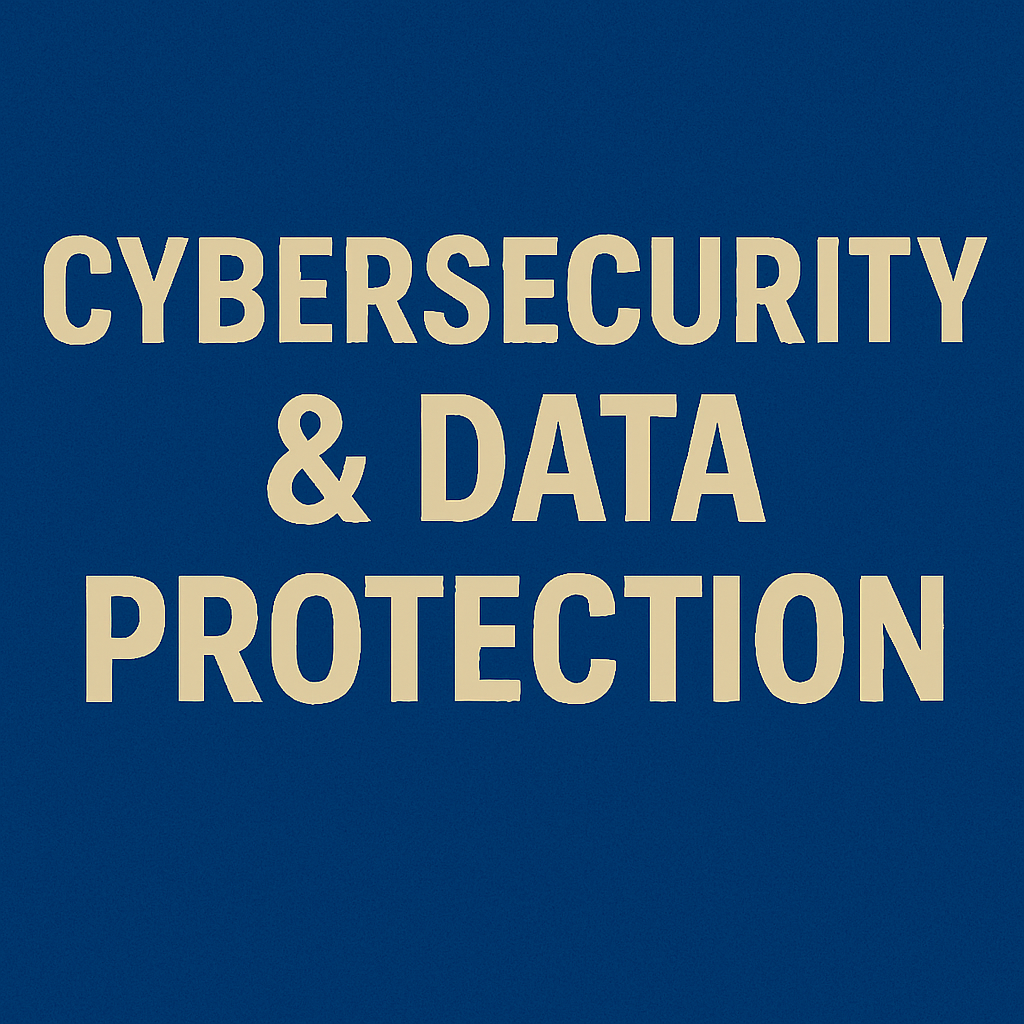
As more businesses shift toward digital operations and remote work, the importance of cybersecurity and data protection has grown significantly. With rising incidents of data breaches, phishing attacks, and ransomware threats, companies worldwide are recognizing that protecting sensitive information is not just an IT issue—it’s a strategic business priority. This article explores the current landscape of cybersecurity and data protection, focusing on global trends, the rise of AI-driven solutions, and key statistics that highlight the need for robust security measures.
The Growing Importance of Cybersecurity
In today’s interconnected environment, businesses are more vulnerable than ever. According to IBM’s 2024 Cost of a Data Breach Report, the global average cost of a data breach reached $4.45 million, a 15% increase over the past three years. The report also found that 83% of organizations had experienced more than one data breach in their lifetime.
Remote work has further complicated security landscapes. A study by Gartner in 2025 revealed that 74% of organizations now support hybrid work models, increasing the attack surface for cybercriminals. The need for advanced cybersecurity frameworks is therefore more urgent than ever.
Rise of AI-Based Threat Detection
Traditional security tools are no longer sufficient to tackle the complexity of modern cyberattacks. AI and machine learning are increasingly being used to identify threats in real-time. These systems can detect unusual patterns in network traffic, predict breaches before they occur, and automate responses to limit damage.
For instance, companies using AI-based security tools reduced the average breach lifecycle by 108 days, according to the IBM report. AI-driven platforms like CrowdStrike and Darktrace are seeing adoption in industries ranging from healthcare to finance.
Case in Point: United States
In the U.S., cybersecurity investment is expected to exceed $93 billion by the end of 2025. Federal initiatives like the Cybersecurity and Infrastructure Security Agency (CISA) have accelerated efforts to protect both government and private infrastructure.
Data Privacy Regulations: A Global Patchwork
Data protection laws vary widely by region. The General Data Protection Regulation (GDPR) set the standard for Europe, imposing strict rules on how personal data is collected, stored, and processed. Non-compliance can lead to fines of up to €20 million or 4% of annual global turnover.
Countries like Brazil (LGPD), India (DPDP Bill), and South Africa (POPIA) have followed suit with their own regulations. In the U.S., laws like the California Consumer Privacy Act (CCPA) are prompting companies to rethink data governance.
Country-Wise Statistics:
- Germany: Fines for GDPR non-compliance totaled €1.2 billion in 2024.
- India: Data protection spending is expected to grow 24% YoY, with $2.1 billion allocated in 2025.
- Brazil: Over 400 companies were fined for LGPD violations in 2024 alone.
The Concept of Zero-Trust Architecture
Zero-trust is a security model that assumes no user or system is automatically trusted. It requires continuous verification and limits access to only what is necessary. According to Microsoft, over 96% of businesses are either implementing or planning to implement zero-trust strategies.
Key principles include:
- Least privilege access
- Multi-factor authentication (MFA)
- Micro-segmentation of networks
- User behavior analytics
Cybersecurity Challenges by Industry
Healthcare:
Hospitals and medical systems are prime targets due to outdated infrastructure and valuable patient data. The World Health Organization (WHO) reported a 400% increase in cyberattacks targeting healthcare institutions during the pandemic.
Financial Services:
Banks and fintech firms face daily threats. According to a PwC report, 70% of financial firms experienced a ransomware attack in the past year. Regulations like PSD2 in the EU mandate stronger authentication processes.
Education:
Universities and schools often lack sophisticated security tools. In the UK alone, 41% of universities reported phishing attacks in the first half of 2025.
Emerging Trends to Watch
- Cyber Insurance: More companies are purchasing cyber insurance to mitigate financial risk.
- Supply Chain Security: Third-party vendors are becoming a critical focus area.
- Quantum-Safe Encryption: With advancements in quantum computing, there’s a push toward developing encryption that can resist quantum attacks.
How Businesses Can Stay Protected
- Invest in continuous monitoring tools and automated threat detection.
- Train employees regularly on best practices and phishing awareness.
- Adopt multi-layered security that includes endpoint protection, firewalls, and secure cloud environments.
- Perform regular audits to ensure compliance with local and international laws.
Conclusion
Cybersecurity and data protection are no longer optional. With increasing reliance on digital tools and remote work, businesses must prioritize a comprehensive security strategy. AI, zero-trust frameworks, and evolving data regulations are shaping the future. Organizations that adapt quickly will not only avoid costly breaches but also gain the trust of their customers and stakeholders in a digital-first world.
By staying informed and proactive, companies can build resilient systems that support innovation without compromising on safety.





More Stories
Indian-Origin Techie Makes $34.5 Billion Bid for Google Chrome: PR Stunt or Disruptive Strategy?
Big Savings Alert: Google Pixel 9 Pro Price Cut on Flipkart
Technology & AI-Driven Innovation: How Emerging Tech is Reshaping Our Future